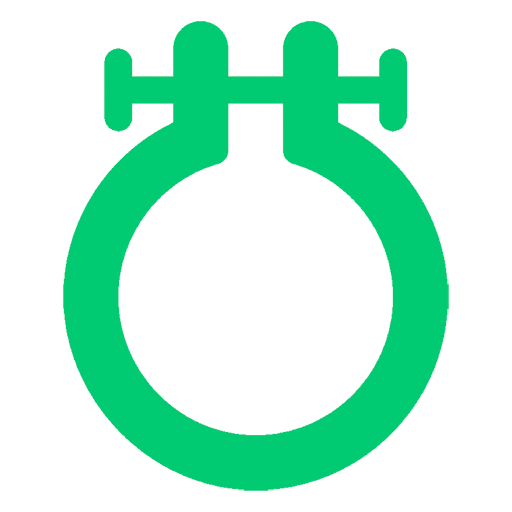Embroidery consists of decorating a piece of cloth or clothing, rather lavishly. Farrukhabad, a city in India, is well-known for its embroidery. It is mostly done on clothing. Thread and floss are used to produce different kinds of stitches. Something as simple as sewing a flower on a pillowcase, and beautifying it, counts as embroidery as well.
Moreover, embroidery adds color, design, and dimension to clothing. It can be quite a stressful task due to the intricacy, but as we shall see later, once you learn how to do it properly, it is not that hard. Embroidery can be done by hand, and also by machine. Hand embroidery has been around for quite some time, while machine embroidery is relatively new.
On one side, hand embroidery can be done using a simple needle, thread, fabric, and sometimes a hoop. Conversely, embroidery is of three types- hand-guided machine stitching, needle painting, and programmed/computerized machine embroidery. Each of these works slightly differently each other, to generate the desired pattern.
How to Use an Embroidery Machine?
History of Embroidery:
Embroidery can be traced back to as far as 30,000 B.C., originating from China and the East. Archeological research discloses fossil remains of extravagantly decorated clothing that point to that time.
Types of Embroidery:
There are numerous techniques of embroidery, some of which are:
- Outline embroidery, employs different types of stitches, like chain stitch and backstitch, and is made by overlapping the backstitches to make a new design
- Counted thread embroidery, as the name suggests, utilizes counting the threads. It is the most common type of embroidery in which symmetrical stitches are produced
- Whitework embroidery uses a white cloth with a white thread
- Patchwork embroidery, this type is made by attaching other pieces of cloth onto one main piece to decorate the cloth and make it look aesthetic
- Shadow work embroidery, uses a lightweight transparent or semi-transparent cloth
Machines Used in Embroidery:
The three main types of machine embroidery are as follows:
- Cornely hand-guided embroidery: In Cornely, chain stitch is mostly used, and the fabric is moved by a crank under the machine, it is called “hand-guided” because the embroider moves the machine in the direction of the pattern,
- Free motion machine embroidery: free-form is mostly used for tailoring purposes, the designs made utilize a zigzag sewing machine, the fabric is moved by the embroidering, running stitch is used.
- Computerized machine embroidery: these are controlled by a computer and specifically used for embroidery only, it has industrial and commercial versions which not only hold the fabric taut but also allow pre-programmed designs to be copied.
These machines can use just one needle, changing the thread as the need arises, or they can have multiple needles the operator does not have to re-thread each time a color needs to be changed.
Some can change the colors automatically, while others require a set sequence before commencing to embroider.
Materials Used in Embroidery:
The materials used for embroidery not only make the process easier but are also necessary for generating a brilliant work piece. These include:
A thread and a needle to make the patterns. Embroidery needles have sizes from 1 to 12, with 1 being the smallest and 12 being the largest. The needles are different from regular sewing needles because these have a longer eye to fit the different thickness of threads.
Secondly, a hoop is needed to keep the cloth tight for seamless sewing and prevention of folds. The sizes of hoops vary greatly, and the embroiderer chooses one depending on the pattern and design he/she wants to follow.
Other than that, scissors, with a pointy tip, are required for cutting stray thread pieces and also snipping threads from the main spool of thread. Stranded cotton or embroidery floss, available in a variety of colors is used to produce the pattern of liking.
Furthermore, pearl cotton spools are used to do surface embroidery. The options for fabric are endless, with the woven fabric being the easiest to stitch on. Silk thread is a wonderful choice as well, almost like a good paintbrush, to bring the desired pattern to life in a beautiful way.
Moreover, it can also be dyed and does not make holes in the fabric, making it a great choice for both beginners and veterans. Satin floss is a good choice for hand embroidery but does not sit well with machines.
Metallic thread adds shine but is slightly more difficult to use. Lastly, floss containers are used to keep the threads organized and in one place.
Conclusion:
To conclude, embroidery is an art whose result is something eye-pleasing and fascinating. The craft can be done purely by hand, or as in today’s modern times, using a machine. It can be used for commercial uses as well, and workers can make a great earning out of this because the market is so vast.
I hope this article was helpful for you in learning how to use Embroidery machines. Thank you for giving it a read and Good Luck with your future sewing!
